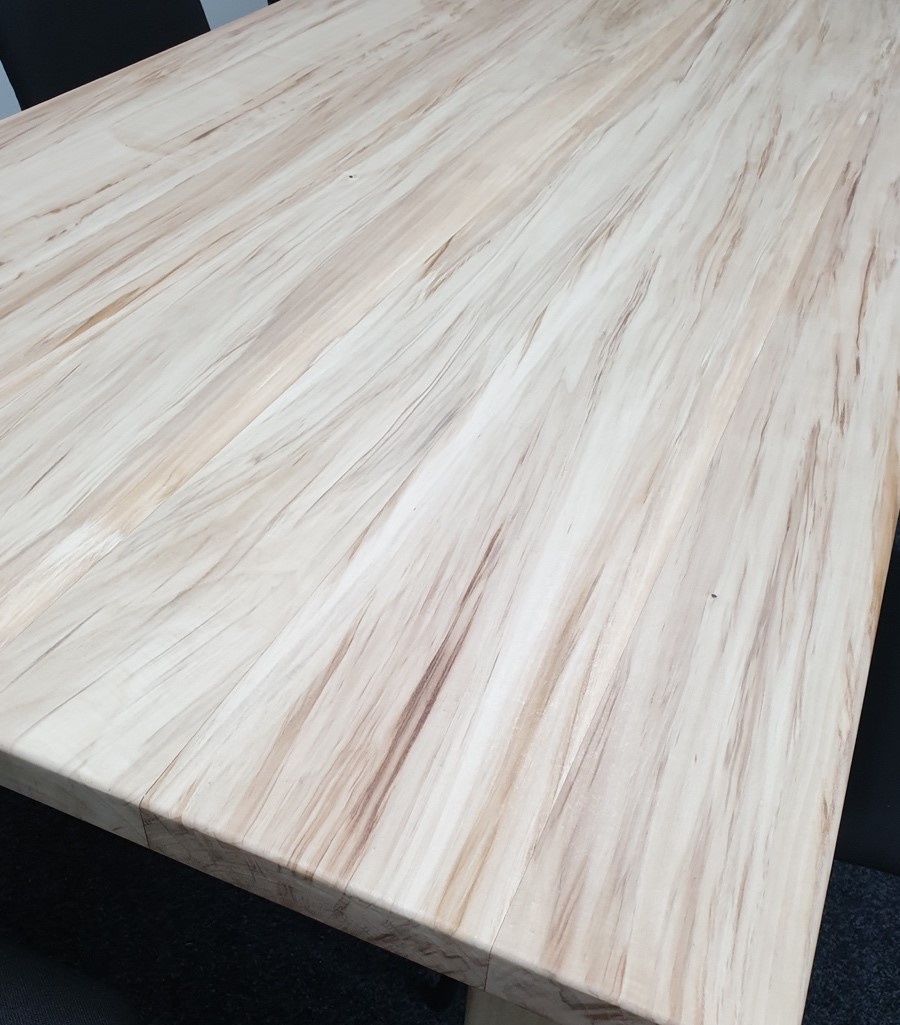Kawa poplar timber - properties and market opportunities
Acknowledgements: Many thanks to the MPI Hill Country Erosion Programme for supporting Northland Regional Council to achieve improved soil conservation outcomes and build our technical capacity.
Executive summary
Poplar remains a core soil conservation species in New Zealand because of its site adaptability and fast growth, along with its ability to take root on site from poles, stakes and wands.
A large resource of trees grown on farms has become available in Northland and will continue to be available into the foreseeable future. However, the predominance of radiata pine as New Zealand's primary commercial timber species, along with the scattered distribution of the available poplar timber resource, have together hampered utilization of poplar timber in New Zealand to date (Wilkinson, 2000). Because the domestic market for poplar timber has undergone very little development, little research effort has been dedicated to resolving issues that constrain applications for the timber, further limiting market penetration.
Poplar is an appearance timber, with a pale colour and decorative lustre, but is relatively soft and has a reputation for lacking strength. This report explores opportunities for producing high value timber products from Northland-grown Kawa poplar, using methods that could be scaled, in order to begin the process of breaking down barriers for market development.

Kawa poplar table made with timber from this study.
Kawa poplar is the most widely grown poplar cultivar in Northland, and also produces a wood with greater density than most other cultivars. This higher density wood also offers excellent structural properties for construction.
This report identifies some key opportunities for Kawa poplar:
- Appearance structural products (exposed rafters and beams, glulam)
- Thermally modified weatherboards
- Thermally modified exterior door and window joinery
- Hardened flooring products
- Furniture and joinery
- Preservative-treated fence posts
- Pressure-treated decking
- DMDHEU modified products, including flooring and decking
Other products may have potential but require further research. These include densified wood. The purpose of this research project was to inform further research efforts that might generate production opportunities for poplar wood products and in turn demand for these.
If markets can be established in Northland for these products, the general appeal for planting poplar trees for soil conservation would substantially improve, leading to less erosion and less sediment in Northland's water bodies.
Disclaimer: The opinions and information provided in this report have been provided in good faith and on the basis that every endeavour has been made to be accurate and not misleading and to exercise reasonable care, skill and judgement in providing such opinions and information. The Author and NZFFA will not be responsible if information is inaccurate or not up to date, nor will we be responsible if you use or rely on the information in any way.

 Farm Forestry New Zealand
Farm Forestry New Zealand